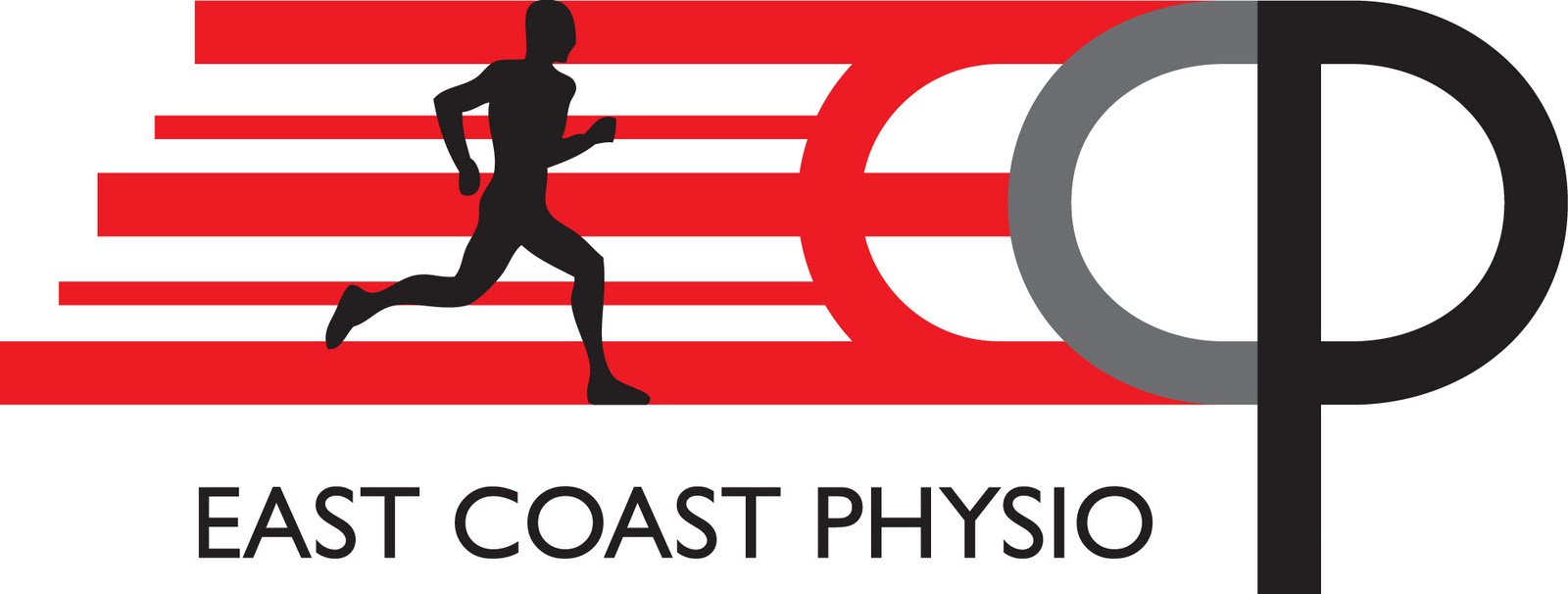This time of year is very similar to New Years, for people returning to the gym after the Summer months or getting back on the 5-a-side. So we do tend to see an increase in some injuries.
We are all highly motivated when we return to a fitness regime or sport, and tend to throw ourselves into the activity at full steam. We call this going from zero to hero, when people go from doing very little, perhaps over the Summer months and then return to their fitness activity too quickly. It can be the cause of many of the complaints we see in our Physio clinic. The gradual return to activities cannot be overemphasised.
One of the most commonly overlooked areas are the warm-up and the cool down. We may tend to head straight from the office or the car into our fitness regime or sport without allowing our body to gradually warm up. This increases the risk of injuries. The ideal is to warm up with some activity that will increase your body temperature slowly, so jogging is ideal. Active stretches are encouraged for the warm up stage and not long static stretches. Also some agility work or sports specific exercises and drills, are essential for a thorough warm up. It is important to practise common movement patterns and skills which will be used in your sport or activity. This will help improve performance through ensuring the muscles are prepared for the task in hand, it will also improve co-ordination reaction times and accuracy.
The cool down period can often be replaced by a few pints in the bar after a game. This again is essential to reduce your risk of injury and any delayed onset of muscle soreness (DOMS). The cool down should consist of a gentle jog, decreasing in speed down to a walk followed by light static stretching. Remember to stretch all muscle groups used in the sport. Upper body muscles especially are often forgotten is sports such as football, soccer and rugby.
Wednesday, October 20, 2010
Back to School
September is a busy time for students getting back into school mode. We receive many questions from concerned parents in relation to students carrying very heavy school bags.
There are several common types of school bags available these days. The traditional rucksack remains a good option. The best advice for use of a rucksack, is to use both straps on your shoulders and pull the straps tight, so they are close to the body. The bag can then be better supported by the muscles of your back as the bag is close to the spine.
Another good option is the pull along bags with wheels. These are best for a smaller weight of books as these bags are usually light weight. These bags can easily topple over, and then this can pull the muscles in your arm or shoulder, so be cautious of overloading these bags.
The one strap satchel are best for a lighter load, as there is only one strap to hold the weight of the bag. The best use of the bag is over the body diagonally and not over one shoulder, as this increases the strain through the back and shoulder on that side.
One good tip that applies to each bag, is to actually stack the books with the largest/heaviest book at the back of the bag. Although this does not change the overall weight, the muscles of the back can better manage the load with the heaviest book nearest the spine.
There are several common types of school bags available these days. The traditional rucksack remains a good option. The best advice for use of a rucksack, is to use both straps on your shoulders and pull the straps tight, so they are close to the body. The bag can then be better supported by the muscles of your back as the bag is close to the spine.
Another good option is the pull along bags with wheels. These are best for a smaller weight of books as these bags are usually light weight. These bags can easily topple over, and then this can pull the muscles in your arm or shoulder, so be cautious of overloading these bags.
The one strap satchel are best for a lighter load, as there is only one strap to hold the weight of the bag. The best use of the bag is over the body diagonally and not over one shoulder, as this increases the strain through the back and shoulder on that side.
One good tip that applies to each bag, is to actually stack the books with the largest/heaviest book at the back of the bag. Although this does not change the overall weight, the muscles of the back can better manage the load with the heaviest book nearest the spine.
Subscribe to:
Posts (Atom)
